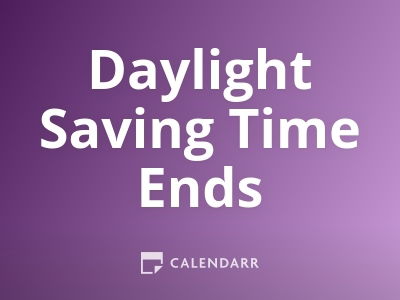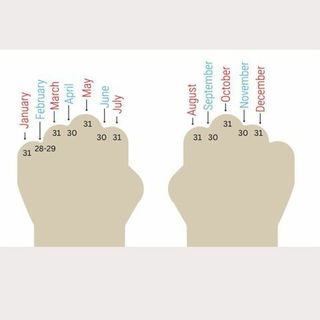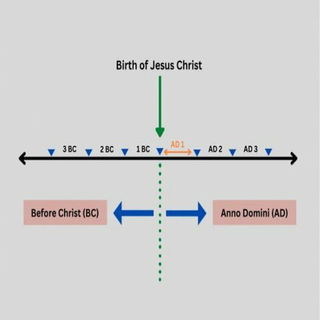- Calendar
- Calendar 2025
- November
- Daylight Saving Time Ends
Daylight Saving Time Ends
“Spring forward, Fall back”. The first Sunday of November marks the time when Daylight Saving Time ends in the United States and Canada, and the clocks go backward one hour at 2 a.m. This means that the days become shorter, and it becomes dark earlier.
In 2025, Daylight Saving will end on Sunday, November 2, at 2 A.M.
In America and Canada, Daylight Saving Time starts on the second Sunday of March and ends on the first Sunday in November, which means that it lasts for about 65% of the year. Most American states apart from Arizona and Hawaii observe Daylight Saving Time.

Daylight Saving Time in the United States
An initial Idea
After being inspired by the morning habits of Parisians, Benjamin Franklin was the first person to suggest a kind of Daylight Saving Time in the United States in 1784. However, this was taken as a joke, and the proposal wasn't adopted until many years later.
A wartime necessity
In the early 1900s, during the First World War, Germans, and the rest of Europe observed Daylight Saving Time as a way to save fuel. The United States didn't get on board until 1918, with the adoption of the Standard Time Act of March 19. With this, summer started on March 31, and the clocks reverted on October 27. This was very unpopular with the overall population, and Daylight Saving Time was reverted after the end of the War, with states having the option of choosing whether to observe it or not.
Daylight Saving Time was reinstituted on February 9, 1942, during World War II, and the year-round DST was named “War Time” by President Roosevelt. This lasted until the end of the War in 1945, where again, some states decided to keep observing summer DST.
Because states had the liberty to decide their own DST, from 1945 to 1966, there was confusion about different daylight saving time policies across the country, as they varied in length in different cities.
Timely changes
In an attempt to make time uniform across the country, the Uniform Time Act was passed in 1966, mandating for a standard time to be observed in the United States, with the possibility of advanced time when clocks would move forward in April and go back in October. States could be exempt from Daylight Saving Time, but only if the entire state chose to do so.
After many years of proposed changes, in 2007 Daylight Saving Time was extended to begin on the Second Sunday of March and end on the first Sunday in November, as it has remained ever since.
In recent years, there has been a campaign for a year-round Daylight Saving Time, with supporters arguing that modern people's lifestyle is incompatible with changing the clocks in Spring and Fall.
What to do when Daylight Saving Time ends
The general rule is that at 2 a.m. on the first Sunday of November you should change your clocks back to 1 a.m. However, because different states have different time zones and legislations, check to see what kind of time system your state observes.
If your state follows normal Daylight Saving Time then you're in luck because as the clocks move backward you get one extra hour of sleep!
| Year | DST Ends |
|---|---|
| 2026 | November 1 |
| 2027 | November 7 |
| 2028 | November 5 |
| 2029 | November 4 |
| 2030 | November 3 |

Other Celebrations
-
Feb 14 Fri
-
Jun 21 SatNational Daylight Appreciation Day
-
Sep 17 WedTime's Up Day
-
Nov 15 Sat
-
Mar 08 Sun
-
Mar 09 Mon

Daylight Saving Time Ends 2025
Date: Sunday, 01 November 2026
Date: Sunday, 07 November 2027
Date: Sunday, 05 November 2028










